
When learning React, we all start with the CRA(create-react-app) library. It is a good place to begin the journey of React but using it for building a project today is not a good idea. Here are some of the reasons to avoid CRA today:
As you can see, there are many reasons to switch from traditional CRA to the modern framework of React, which can offer many more features. There are various alternatives based on your requirements such as SSR, performance, etc.
Today, we are going to look into some of the top alternatives that you can use instead of CRA. We are going to discuss
I hope this excites you. Now, let’s begin.
Next.js by Vercel is the full-stack React framework for the web.
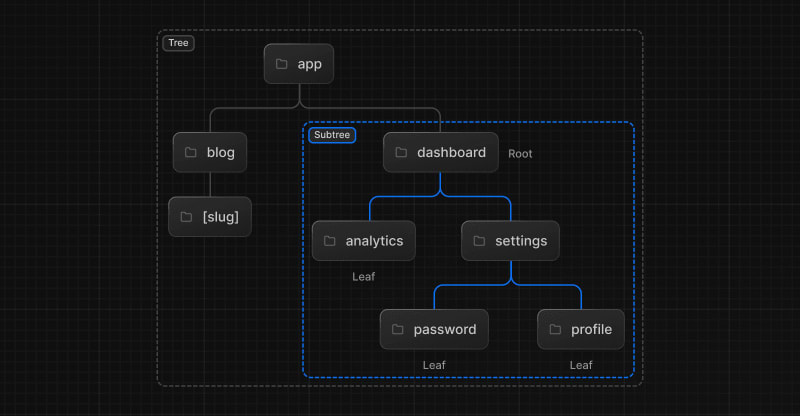
NextJS has been my go-to CRA alternative. I have been using it for a long time. With every update, NextJS keeps on improving. They provide a ton of features that can make it easy for developers to build projects with Nextjs.
It is best suited for building a Serverless application that has no or little integration with the server.
Note:
Server-Side Rendering: Server-Side Rendering (SSR) is a web application rendering technique where the HTML of a page is generated on the server each time a user requests it.
Get ready for a development environment that can finally catch up with you.
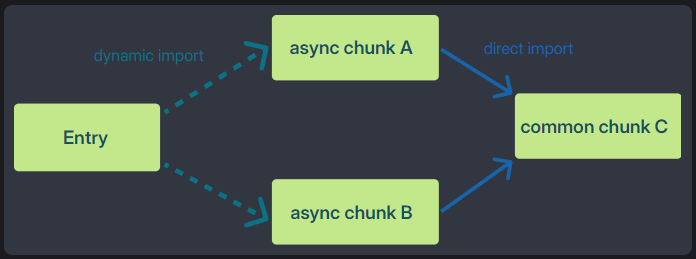
Vite is more focused on performance for building projects that are quick and have less loading time. In contrast to traditional bundlers like Webpack, Vite uses a development server that provides near-instant hot module replacement (HMR) without needing to bundle the entire application. In this way, they can have a faster development server.
Vite best suites for developing a portfolio or blog website with better performance.
Note:
SSG: Static Site Generation (SSG) is a method where the HTML pages of a website are pre-rendered at build time, generating static HTML files for each page.
Remix is a full-stack web framework that lets you focus on the user interface and work back through web standards to deliver a fast, slick, and resilient user experience.
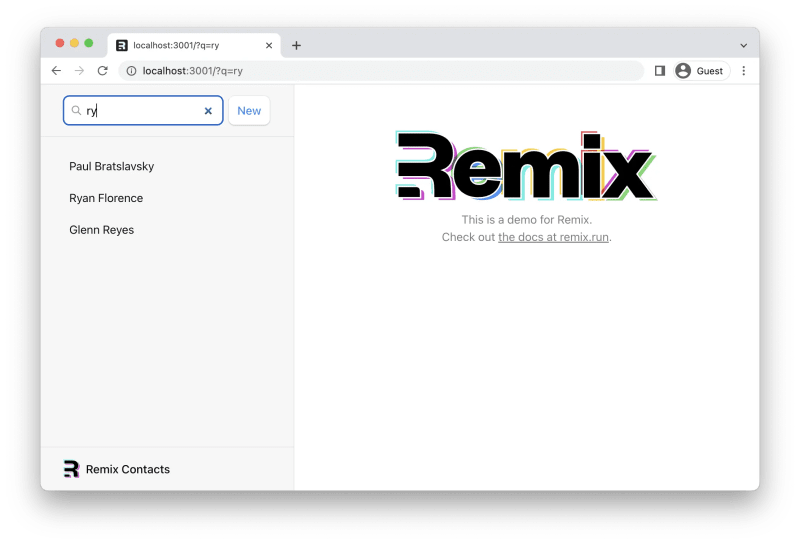
Remix focuses on building a better user experience. It can be used to build a full-stack application. If you're familiar with server-side MVC web frameworks like Rails and Laravel, Remix is the View and Controller.
It is best suited for building a project that requires advanced routing, SSR, and a focus on performance.
Gatsby is a React-based open-source framework with performance, scalability, and security built-in.

Gatsby is another framework based on React that is focused on building fast, secure, and optimized websites. It is primarily used for creating static sites but also supports dynamic content through APIs and integrations.
Best suites for building a blog using a Content Management System through Gatsby.
We have looked at each framework with its features and what kind of content is best suited. Now let’s look into some of the performance metrics such as time taken for the development server to start, build time, deployment time, and first contentful paint.
I used an animation using CSS that contains images and JSX elements to create this project in each of the frameworks. Now, the content remains the same that’s makes it easy to evaluate the performance.
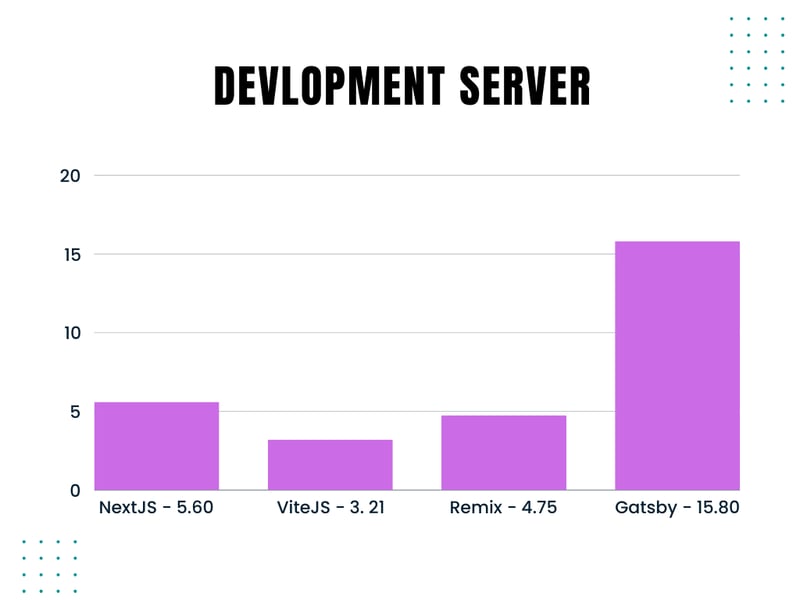
Note: The number next to the name of the framework is the time taken. It is in seconds.
As you can see in the graph, ViteJS is quite fast to run the server and Gatsby was the slowest. It goes with the fact that ViteJS claims to be one of the fastest frameworks.
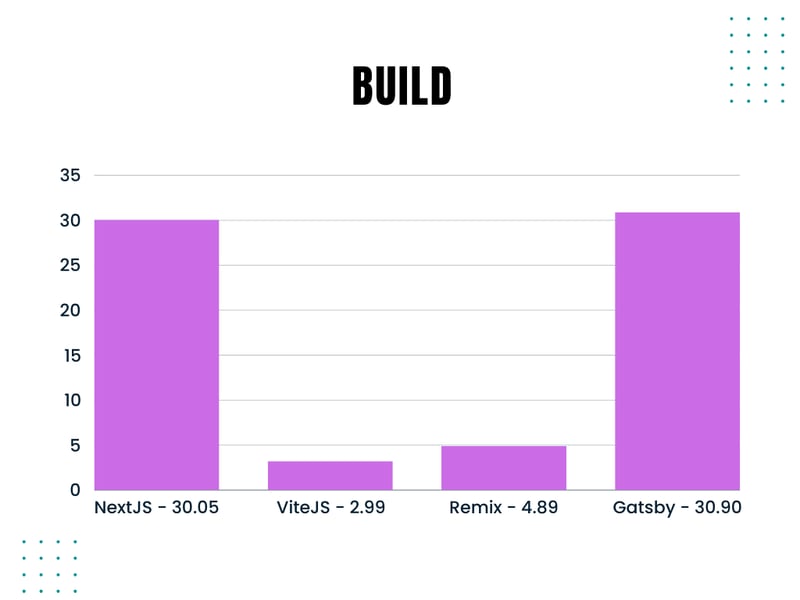
Here too the ViteJs is the quickest to complete the build process. Gatsby still has the slowest time taken for the build. NextJS comes quite close to being the slowest.
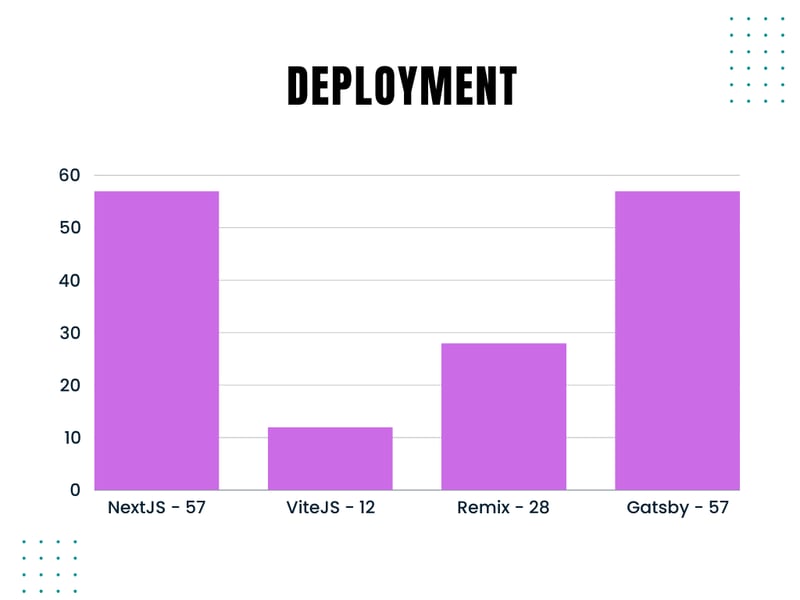
All the framework is deployed on the vercel.
Vite is the fastest with 12 seconds and NextJS and Gatsby are the slowest. Remix has maintained the second position in each of the metrics.
While the overall score of each of the frameworks on the Desktop is at 100. There is a slight difference in the first contentful paint.
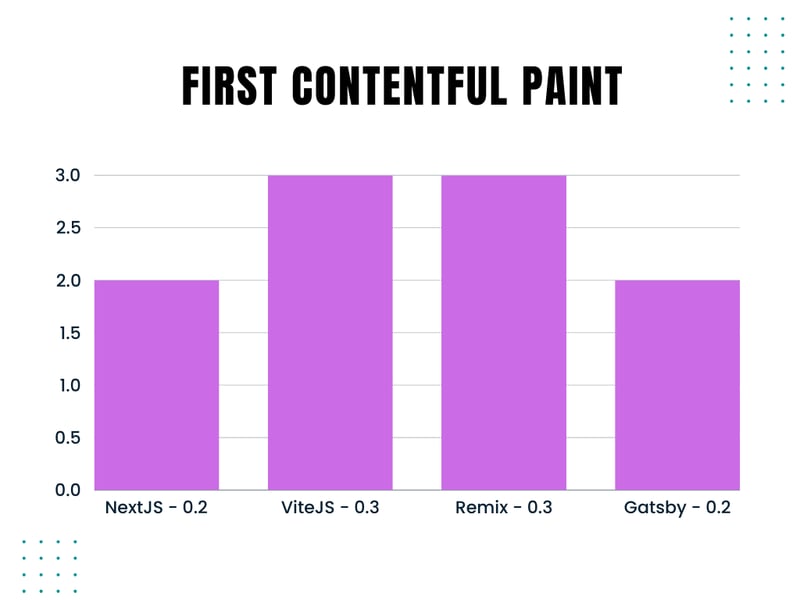
Here Nextjs and Gatsby became quickest while ViteJs and Remix took the slowest. The difference is as low as 0.1s between those.
You can take a look at each of the PageSpeed Insight in detail here:
Let's connect and stay informed on all things tech, innovation, and beyond!
Twitter
LinkedIn
Also, I am open to writing freelance articles if you are interested then contact me over email or social.
In conclusion, while Create React App (CRA) has been a great starting point for many developers, it's clear that there are now more advanced and feature-rich alternatives available. Each of the frameworks we reviewed—NextJS, ViteJS, Remix, and Gatsby—offers unique strengths tailored to different use cases.
Ultimately, the choice of framework depends on your specific project needs—whether it's performance, server-side rendering, ease of deployment, or full-stack capabilities. Moving beyond CRA to one of these modern alternatives can greatly enhance your development experience and project outcomes.
I hope this article has helped you learn CRA alternatives that you can use in your next project.
The above is the detailed content of Comparing The Top React Frameworks. For more information, please follow other related articles on the PHP Chinese website!




